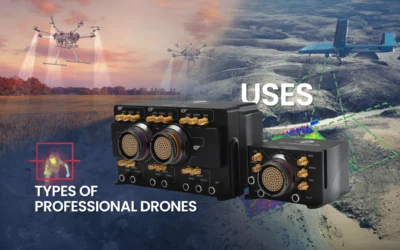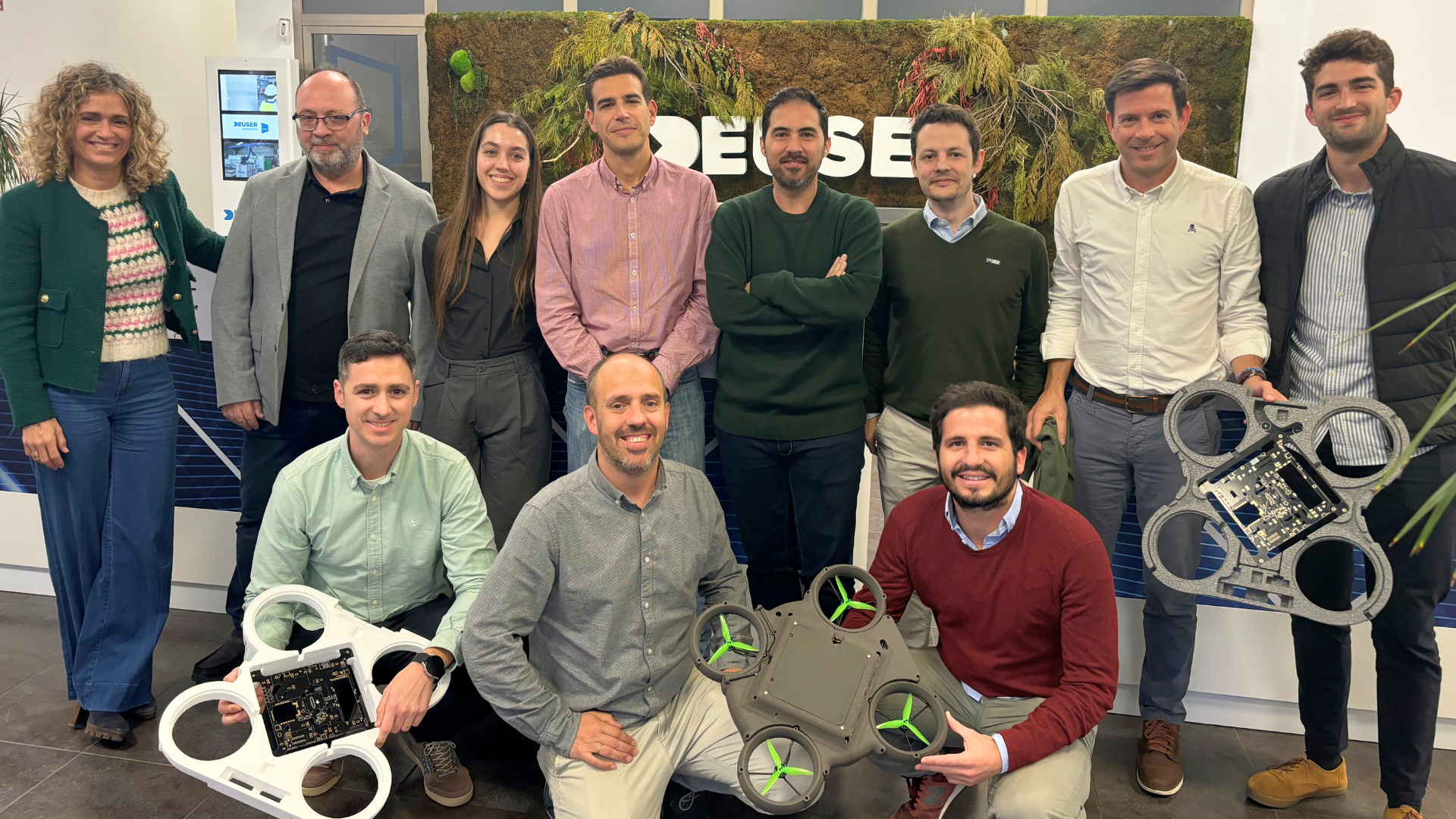One of the most important technological advances, if not the most, that is pursued concerning safety in the airworthiness of autonomous aircraft (UAVs) is Sense and Avoid technology. The development of these systems enables UAVs to detect other aircraft in flight and obstacles in their environment to automatically perform evasive maneuvers.
We should distinguish between two kinds of information sources used on Sense and Avoid systems: cooperative and non-cooperative sources. On the one hand, cooperative sources are UAVs or aircraft that provide data such as: route, direction, position, speed, etc. that thereby foresee a possible collision and act accordingly.
On the other hand, there are non-cooperative sources that permit the identification of any element in the environment, like trees, buildings, people, mountains, and even other UAVs or aircraft that do not share information. In this second type of source, it is where the efforts to improve the development of Sense and Avoid are focused nowadays.
Sense and Avoid with Veronte Autopilot 1x
The latest improvements of the Veronte Autopilot 1x incorporate this technology for autonomous navigation, the Sense and Avoid. For the detection of cooperative elements, it is compatible with mode S transponders, with which the presence of other aircraft is identified in the surrounding environment, in order to avoid collisions or simply fly by the path of these aircraft.
With regard to the non-cooperative sources, the Sense and Avoid system on Veronte Autopilot 1x incorporates sensors capable of detecting its environment over long distances. These sensors go from directional laser sensors, LIDAR, to radar sensors. These systems, together with sensors for rain, humidity, heat, pressure, etc., permit to guarantee safety during the operation. In addition, the latest developments in the integration of the Sense and Avoid system in Veronte Autopilot 1x are focused on environment detection by vision cameras.
In conclusion, the Sense and Avoid system that is embedded in Veronte Autopilot 1x is essential, together with the definition of obstacles and safe flight zones permitting to ensure safety in all cases. Avoiding possible collisions, as happens in nature with insect swarms or fish shoals, where each animal responds to its neighbor permitting the group to move as a single unit.















